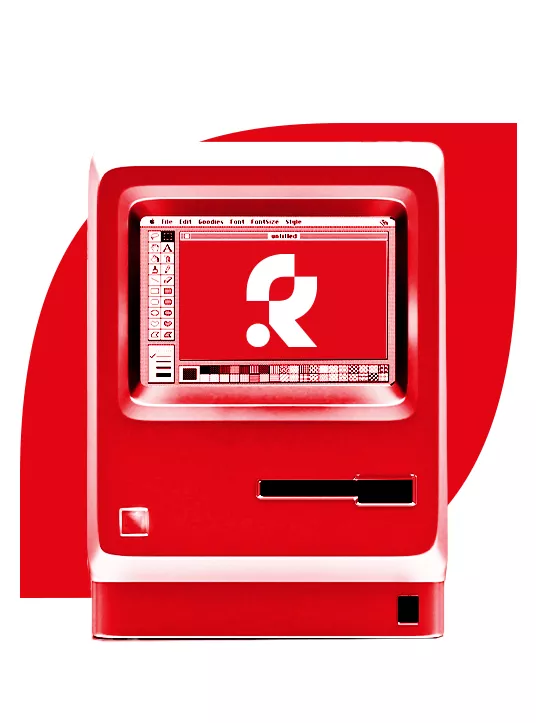
Technology for distinctive brands
With the Distinctive Growth Model
12.01.2024
Distinctive technology
How do you make sure you stand out among the competition and truly differentiate yourself? The Redkiwi Distinctive Growth Model gives you the right roadmap to overcome this challenge. To address this challenge from all angles, our model is built from four essential building blocks: strategy, creativity, technology and marketing. By giving sufficient attention to each block, communication activities contribute to the desired results. Today we put Technology in the spotlight.
Technology
The focus on technology is important because competition is no longer limited to the physical storefront and because our way of consuming has changed. Technological innovations provide the power to operate effectively in the digital landscape and achieve that desired competitive advantage.

Existing infrastructure as a stumbling block
At a time when competition is no longer limited to the physical storefront, technological challenges play a crucial role. Companies, faced with the demands of digitization, almost never start from scratch. They usually operate with a set of existing systems that form the core of the organization. While these systems are valuable, they often have shortcomings. Important parts, such as e-commerce, may be missing from them. This creates a complex technological landscape in which systems do not connect well, making it difficult to be distinctive.
Holistic technology integration
To overcome these challenges, the Redkiwi Distinctive Growth Model advocates a holistic approach to technology. It is not just a matter of upgrading existing systems; it is about creating synergy between different technological components. With this holistic integration, technology is no longer seen as a supporting element, but as a force that drives organizational growth. A common scenario is the presence of non-optimized systems that are not designed with the rapidly changing digital environment in mind. Doing so paves the way for efficiency improvements and a smooth transition to automation. In the ambition to achieve an integrated approach, various tools play a vital role within the technological landscape.
Tooling for technological harmony
Optimal business flows
Enterprise Resource Planning (ERP) Systems seek the seamless integration of business processes, such as finance, HR and inventory management, to create an optimized system that increases overall efficiency. Customer Relationship Management (CRM) Software focuses on managing customer information and interactions, which enhances customer service and sales and contributes to strong customer relationships.
Smooth data exchange with APIs
The use of Application Programming Interfaces (APIs), such as RESTful APIs and GraphQL, facilitates smooth data exchange between different software applications. This promotes streamlined communication between systems, which is crucial for real-time information exchange and collaboration.

Data Integration for informed decisions
Data Integration Tools, such as Informatica, Talend and Microsoft Power Query, provide the ability to aggregate and transform data from various sources. This creates a comprehensive view of business information, enabling companies to make decisions based on a complete and accurate overview.
Uniformity and efficiency in e-commerce with PIM
Product Information Management (PIM) plays a central role within e-commerce, regardless of the specific platforms deployed. PIM systems support organizations in managing product information such as specifications, images and prices. This leads to uniformity and accuracy in the distribution of product data across various sales channels, reinforcing brand consistency and promoting efficiency in e-commerce. A good PIM system helps create a distinctive force in the market through consistent and compelling presentation of products.
an integrated Technological Landscape
A seamlessly integrated, technology landscape offers businesses critical advantages for success. Efficiency is key, with well-tuned tools and systems streamlining operational processes and increasing productivity. It goes beyond efficiency; it facilitates personalized customer service and creates a unified brand experience across all channels, promoting customer satisfaction and loyalty. This integrated system also provides flexibility and scalability, allowing organizations to respond agile to market changes and support growth.
Innovation is spurred by the adoption of new technologies, which is crucial for continued competitive advantage. Cost savings are a secondary benefit, resulting from the elimination of redundancy and inefficiencies. As a whole, this integrated technology ecosystem not only forms the backbone of operational efficiency, but also contributes to the differentiation of organizations in the marketplace and has a positive impact on customer relationships and brand perception. It lays the foundations for distinctive success in a dynamic and competitive, business environment.



